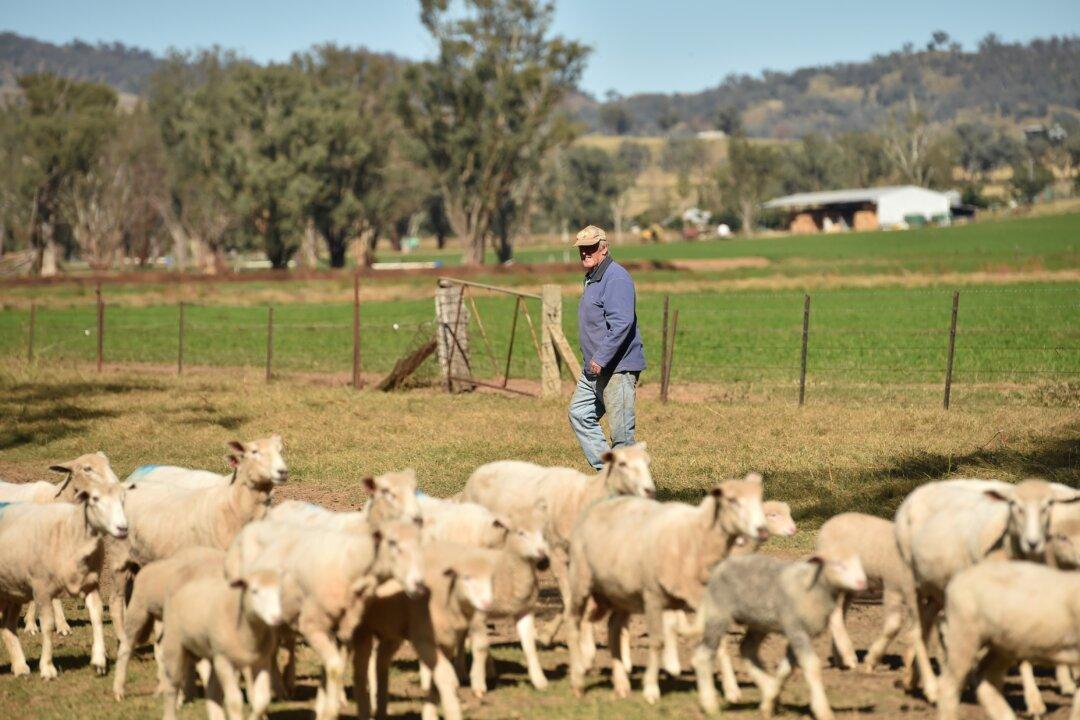Economic infrastructure demands large greenhouse gas emitters in agriculture to measure on-farm emissions actively, a report has found.
The Climate Change Authority released its latest report with 25 recommendations to enhance crucial programs (National Greenhouse and Energy Reporting (NGER) Act and the Australian Carbon Credit Unit (ACCU)) that measure, report, and reduce emissions.





